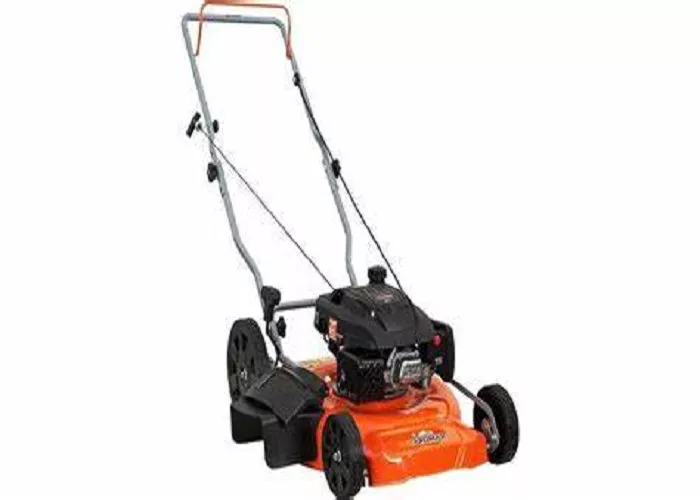Maintaining a lawn with uneven terrain can be challenging. Choosing the right lawn mower is crucial to achieving a well-manicured lawn without damaging the machine or the grass. Uneven ground requires a mower that can adapt to bumps, slopes, and dips while delivering a consistent cut.
Rotary Lawn Mowers
Overview
Rotary mowers are the most common type, using a single horizontal blade that spins at high speed to cut grass. They are versatile and can handle slightly uneven terrain.
Advantages
Adjustable Cutting Height: Most models allow height adjustments to avoid scalping on bumps.
Powerful Cutting: Can handle thick grass and minor irregularities.
Wide Range of Options: Available in gas, electric, and battery-powered models.
Disadvantages
Risk of Scalping: If the ground is very uneven, the blade may cut too low in spots.
Less Precise: Not ideal for extremely bumpy or sloped lawns.
Best Use Cases
- Flat to slightly uneven lawns
- Medium to large yards
Self-Propelled Lawn Mowers
Overview
Self-propelled mowers have a drive system that moves the mower forward, reducing the effort needed by the user. This makes them ideal for sloped or moderately uneven lawns.
Advantages
Easier to Push on Hills: Reduces strain when mowing inclines.
Better Traction: Prevents slipping on uneven patches.
Variable Speed Control: Adjustable speeds help navigate rough terrain.
Disadvantages
Heavier Than Push Mowers: Can be harder to maneuver in tight spaces.
More Expensive: Higher cost due to the self-propelled mechanism.
Best Use Cases
- Lawns with gentle to moderate slopes
- Yards with some bumps but no extreme ruts
Riding Lawn Mowers & Lawn Tractors
Overview
For large properties with uneven ground, riding mowers or lawn tractors provide power and comfort. They are especially useful if the terrain has hills, dips, or rough patches.
Advantages
Covers Large Areas Quickly: Ideal for expansive lawns.
High Ground Clearance: Reduces the risk of blade damage on bumps.
Comfortable for Long Sessions: Less physical exertion compared to push mowers.
Disadvantages
Expensive: Higher upfront and maintenance costs.
Not Ideal for Small Yards: Difficult to maneuver in tight spaces.
Can Cause Soil Compaction: Heavy weight may damage soft or wet ground.
Best Use Cases
- Large, open lawns with uneven terrain
- Properties with slopes and wide, rough areas
Zero-Turn Mowers
Overview
Zero-turn mowers offer superior maneuverability and speed, making them great for large, bumpy lawns. They pivot on the spot, allowing precise control around obstacles.
Advantages
Excellent Maneuverability: Can navigate around trees and flower beds easily.
Smooth on Mild Bumps: Some models have suspension for better ride comfort.
Disadvantages
Not Ideal for Steep Slopes: Risk of tipping on extreme inclines.
Expensive: Higher cost than traditional riding mowers.
Best Use Cases
- Large, open lawns with some unevenness
- Properties where speed and precision are priorities
Conclusion
Choosing the best lawn mower for uneven ground depends on your lawn’s specific challenges. Rotary and self-propelled mowers work well for mild bumps, while riding and zero-turn mowers are better for large, rough areas. Hover mowers excel on steep slopes, and robotic mowers offer convenience for small, slightly uneven lawns.
Before purchasing, assess your lawn’s terrain, grass type, and size to make the best choice. Investing in the right mower ensures a healthier lawn and a more enjoyable mowing experience.

